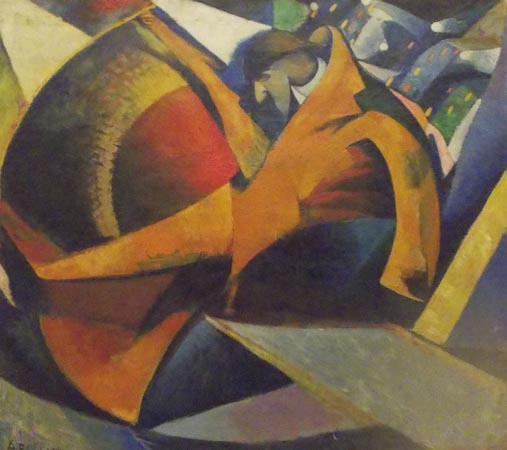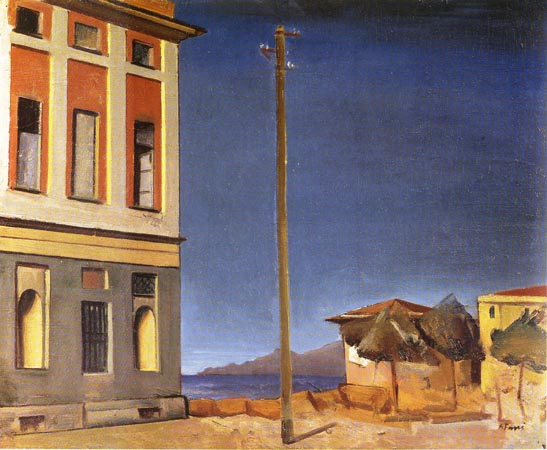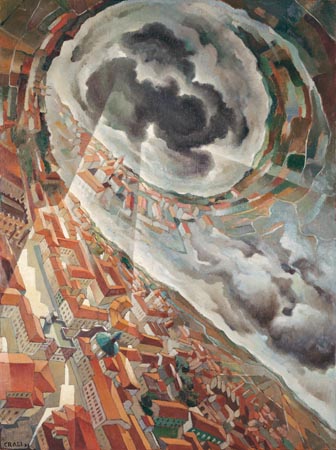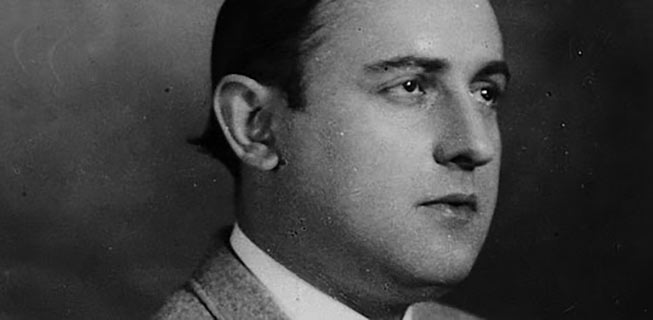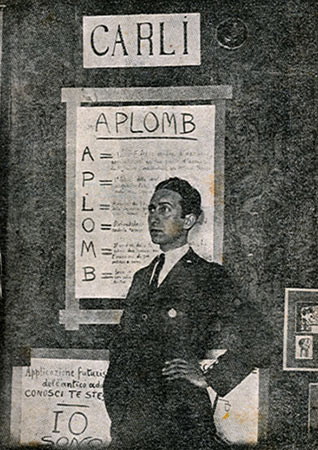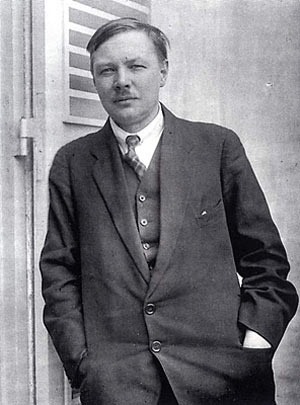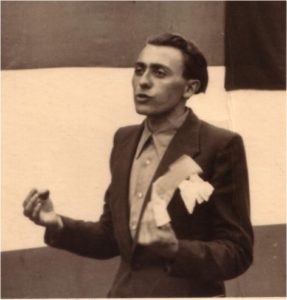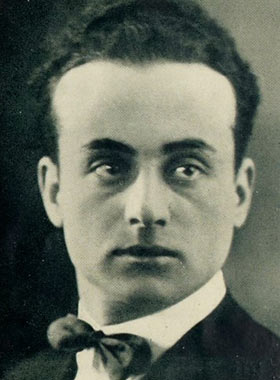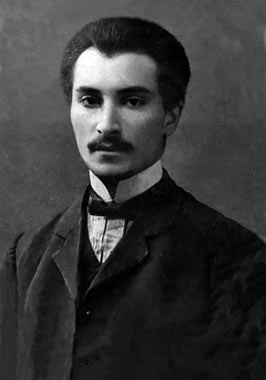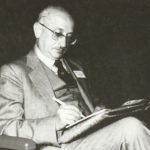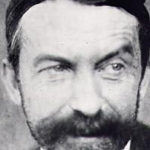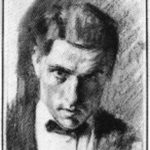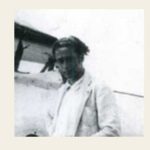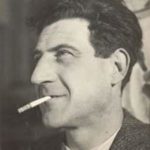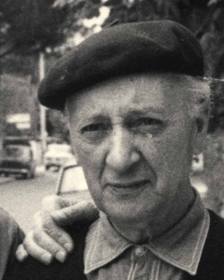
Funi Achille
Pittore, nato a Ferrara nel 1890. Studiò a Ferrara e a Milano (1906), poi aderì al futurismo, ma interruppe queste nuove ricerche per partecipare, come volontario, alla guerra mondiale. In seguito, avendo fondato con altri il gruppo del “Novecento”, si distinse per ricerche di costruttività e di serena calma, che facilmente dovevano condurlo a rievocazioni classiche: abbandonate talune caduche grafie pittoriche, nello studio delle pitture pompeiane e nella robusta tradizione cinquecentesca plasmò il suo sempre più spiccato neoclassicismo.
Partecipe d’ogni più importante mostra italiana, è rappresentato in collezioni pubbliche e private di Milano, Roma, Venezia, Ferrara, Parigi (Museo del Lussemburgo), Berlino (National Galerie), Anversa, Buenos Aires, Mosca. Prese parte, insieme con altri, alla polemica in favore della pittura murale, decorando una parete del Salone d’onore della V Triennale di Milano. Suoi affreschi si trovano nella chiesa di S. Giorgio al Palazzo in Milano, in quella di Cristo Re in Roma, nella Sala della consulta comunale nel ricostruito Palazzo di corte vecchia a Ferrara: pitture, queste ultime, di grande impegno. Partecipò nel 1934 come architetto al concorso nazionale per il Palazzo del Littorio in Roma, confermando nel progetto la propria tendenza a forme neoclassiche.
(English)
Achille Funi (26 February 1890 – 26 July 1972) was an Italian painter.
Funi was born in Ferrara. He studied at the Brera Academy of Fine Arts from 1906 to 1910 and joined the Nuove Tendenze movement as a painter of Cubo-Futurist works in 1914. Having enlisted in the Volunteer Cyclist Battalion and served in World War I, he became a champion of the “return to order”. He studied Graeco-Roman statuary and was influenced by De Chirico’s Metaphysical painting. His self-portrait Autoritratto da giovane, 1924, is in the Museo Cantonale d’Arte in Lugano.
Having come into contact with Margherita Sarfatti, he was a founding member of the Sette Pittori di Novecento group in 1922 and then one of the leaders of Novecento Italiano, taking part in the movement’s first and second exhibitions (Milan, 1926 and 1929). The author of numerous frescoes in the 1930s, he was a signatory of the Manifesto della Pittura Murale together with Mario Sironi in 1933 and became one of the artists most esteemed by the Fascist regime, obtaining a teaching post at the Brera Academy in 1939. The period after World War II saw the continuation of decorative works for public and religious buildings in Milan and a parallel focus on landscapes. He died in Appiano Gentile on 26 July 1972.
